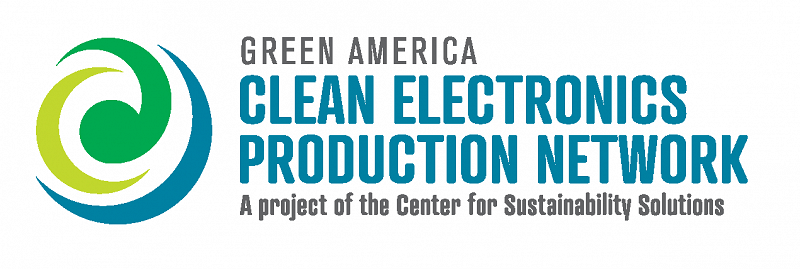Used as a degreaser in final assembly of electronics and a solvent for adhesives, sealants, paints, coatings and inks and to make other chemicals, benzene is highly volatile and easily inhaled. It causes cancer, damages the nervous system and harms bone marrow.
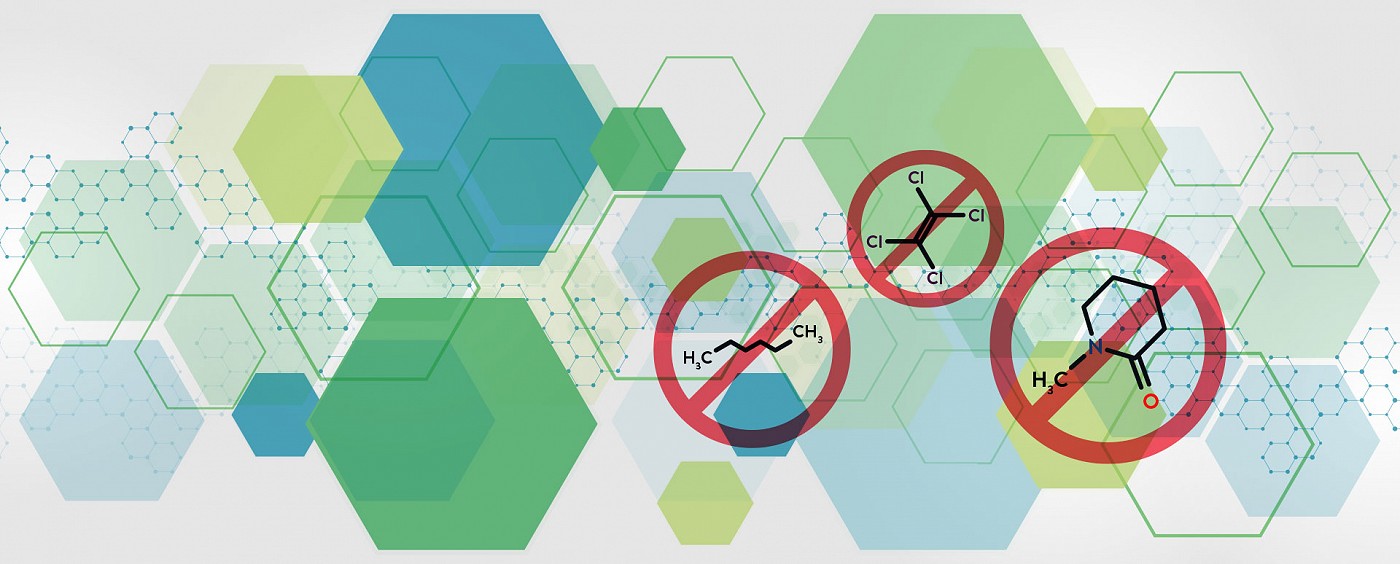
Priority Chemicals
CEPN has identified a first round of Priority Chemicals — process chemicals to be prioritized for elimination or substitution in electronics manufacturing. The first round of Priority Chemicals includes nine solvents used in manufacturing cleaning products. CEPN members are working to identify the next round of Priority Chemicals.
Selection Process The selection process for the first round began with chemicals present on CEPN member companies’ Manufacturing Restricted Substances Lists (MRSL). The chemicals were then screened against the CEPN High Hazard Criteria, use in the electronics industry and whether safer alternatives were available.

More information on the selection and research conducted for the first round of Priority Chemicals can be found in the Summary of Priority Chemical Selection Report, December 2019.
First Round of Priority Chemicals
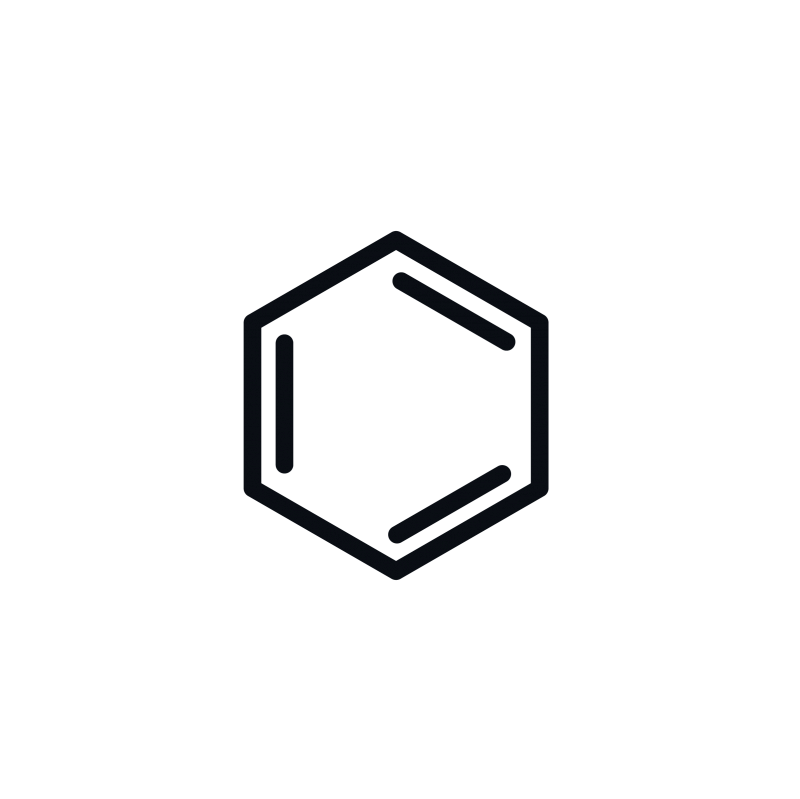
Benzene

1-Bromopropane
This chemical, also known as n-propyl bromide, is used for cleaning metals and plastics and electronic and optical components, along with other uses including adhesive spray applications. Exposure can damage the nervous system and has been tied to cancer and reproductive and developmental toxicity.
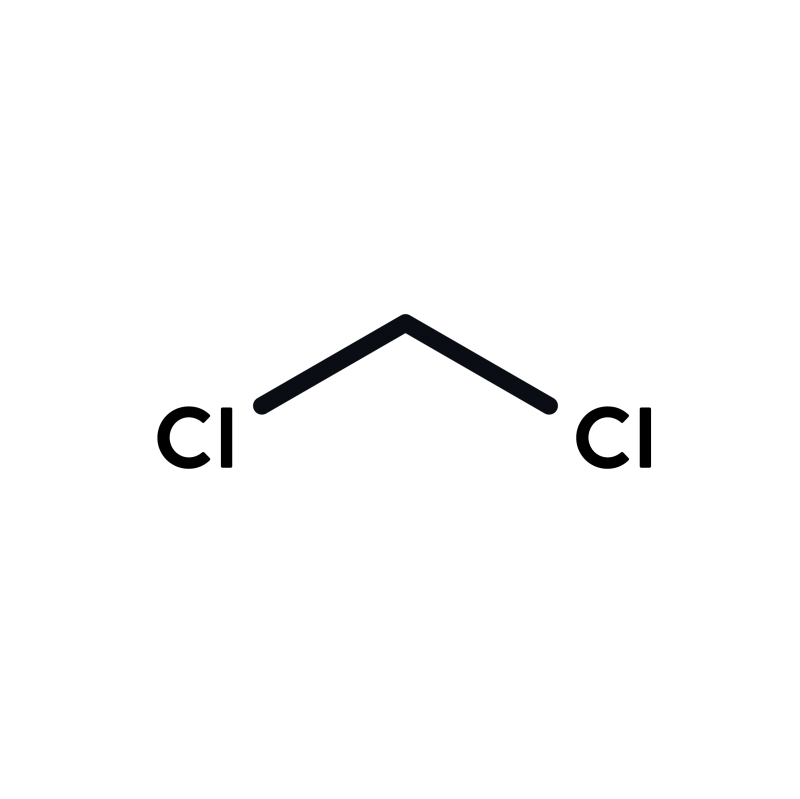
Dichloromethane (Methylene Chloride)
This solvent affects the central nervous system and may cause cancer in the liver and lungs based on some studies in animals. It may be used as a paint remover and is used in electronics manufacturing as a degreasing agent.

Methanol
An alcohol used to clean products and machines, methanol can be absorbed through the eyes, skin, lungs and digestive system and has been connected with adverse health effects including blindness and kidney failure.

n-Hexane
This degreaser and solvent is used in electronics manufacturing to clean phone screens and printed circuit boards, as well as machine cleaning and removing flux residues after soldering. Inhaling n-hexane causes central nervous system effects and can cause irritation and sores to skin and airways. The chemical has been connected with male reproductive damage in animal tests.

N-Methyl-Pyrrolidone (NMP)
This solvent used to manufacture printed circuit boards, clean semiconductor parts and thinner for photoresist. It is a developmental toxicant and has been closely linked to developmental impacts including miscarriage and is toxic to kidneys, liver and the nervous system.
*While NMP meets all the criteria for selection as a Priority Chemical, it lacks a viable, large-market scale alternative for photoresist stripping applications. Therefore, it is a Priority Chemical for any application besides photoresist stripping. It is recommended that research on alternatives be continued by the industry and that NMP be considered for a future phase-out.
Specific Conditional Use Allowed: Allowed for use in photoresist stripping
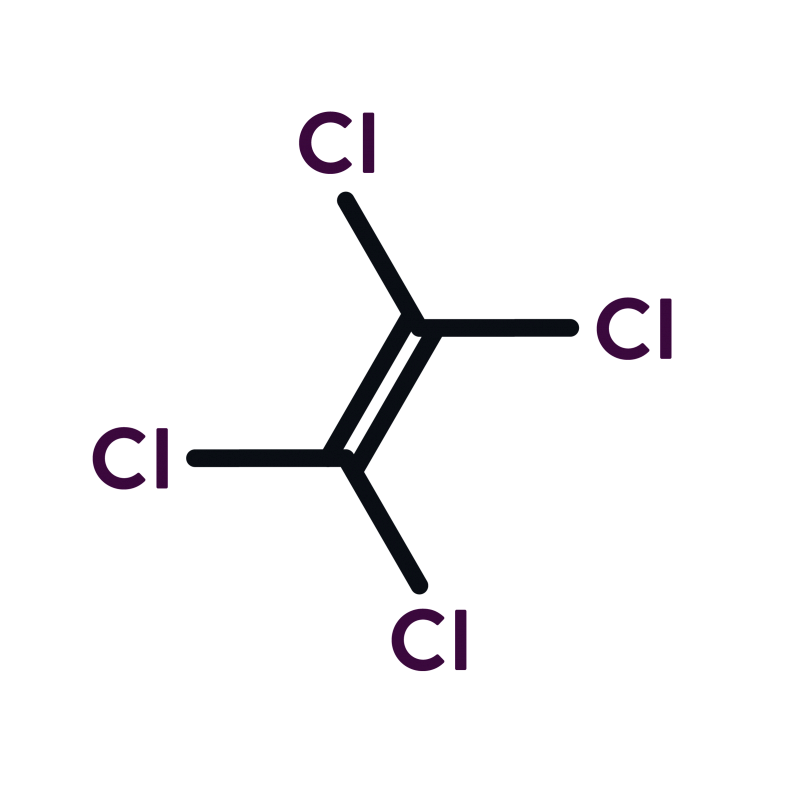
Tetrachloroethylene
Used to prepare metal surfaces and in cleaning electronic equipment, tetrachloroethylene is a potential human carcinogen and can cause liver damage as well as irritation to eyes, skin, nose, throat and respiratory system.
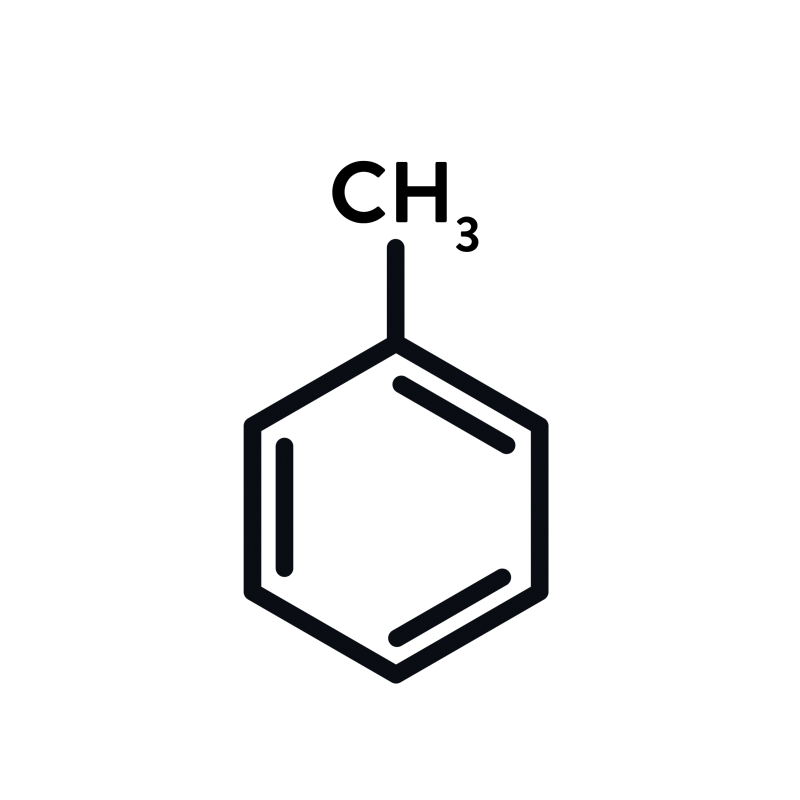
Toluene
Toluene is used as a cleaning solvent in the electronics industry and is a common ingredient in solvents for adhesives, paints, coatings and inks. It can cause damage to the central nervous system, reproductive system damage and miscarriage.
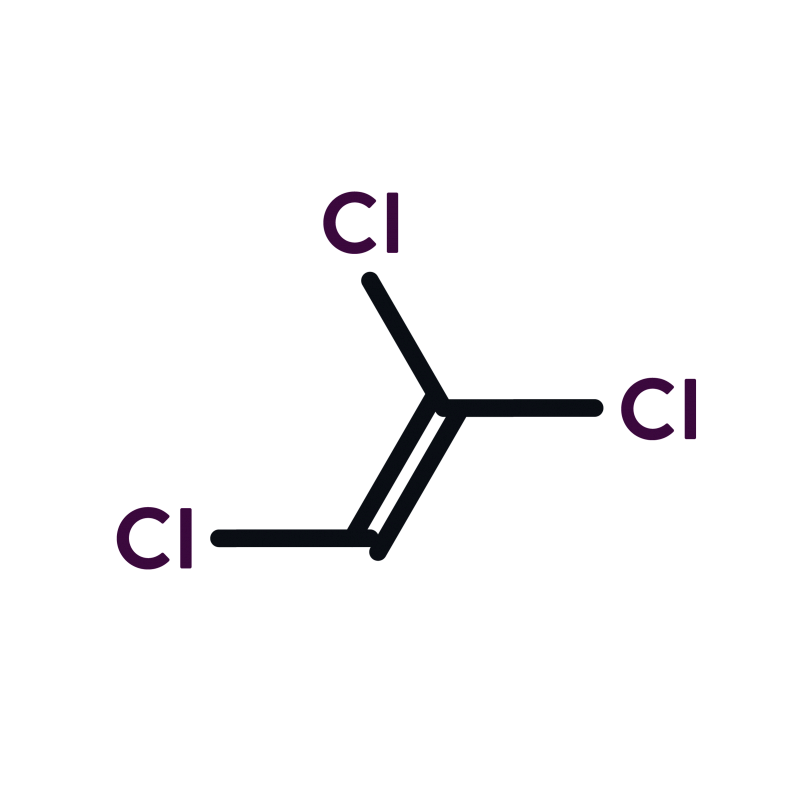
Trichloroethylene
This chemical is used for vapor degreasing and to clean ingot and wafer materials used in semiconductors. It is a known carcinogen and can irritate eyes and skin and cause liver and kidney damage as well as developmental effects.
